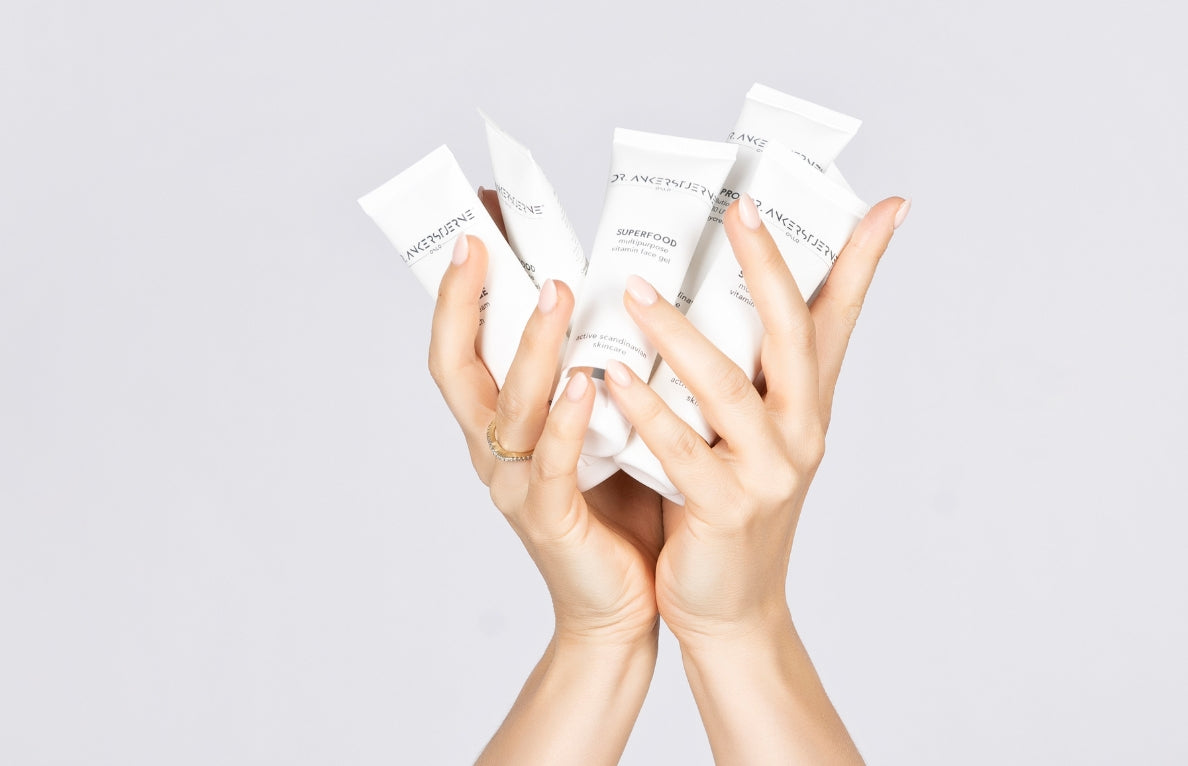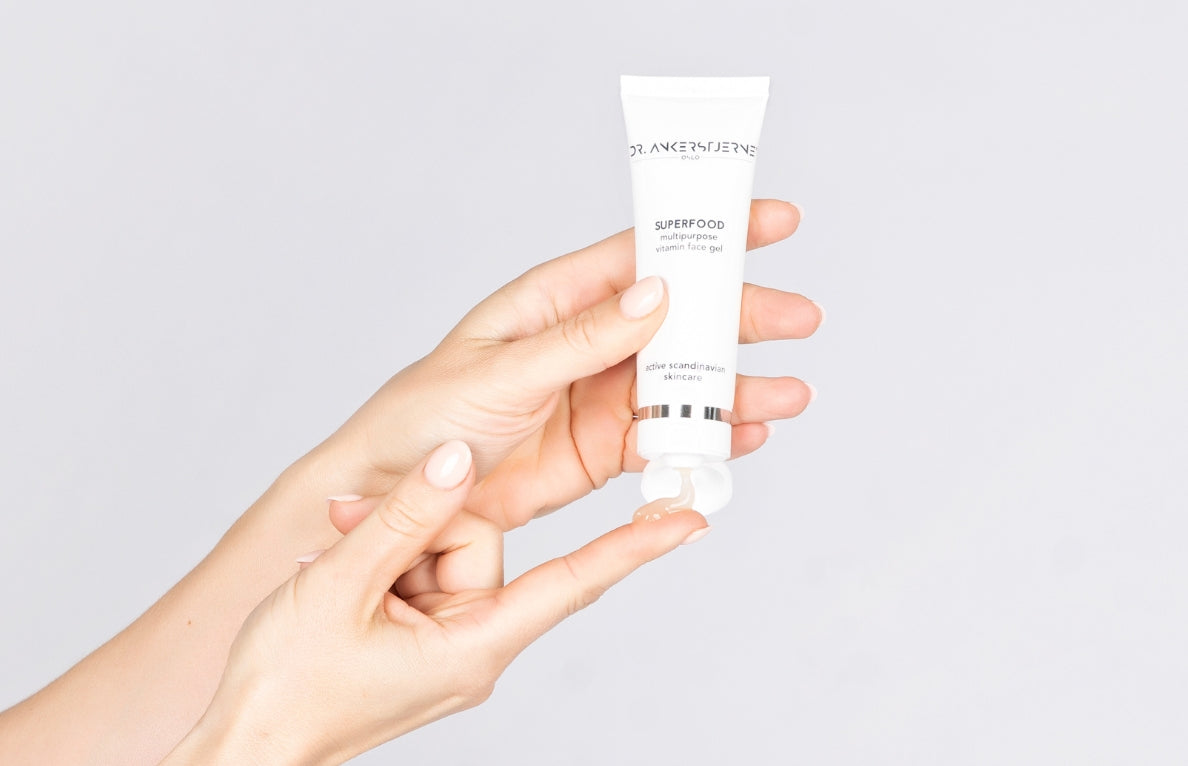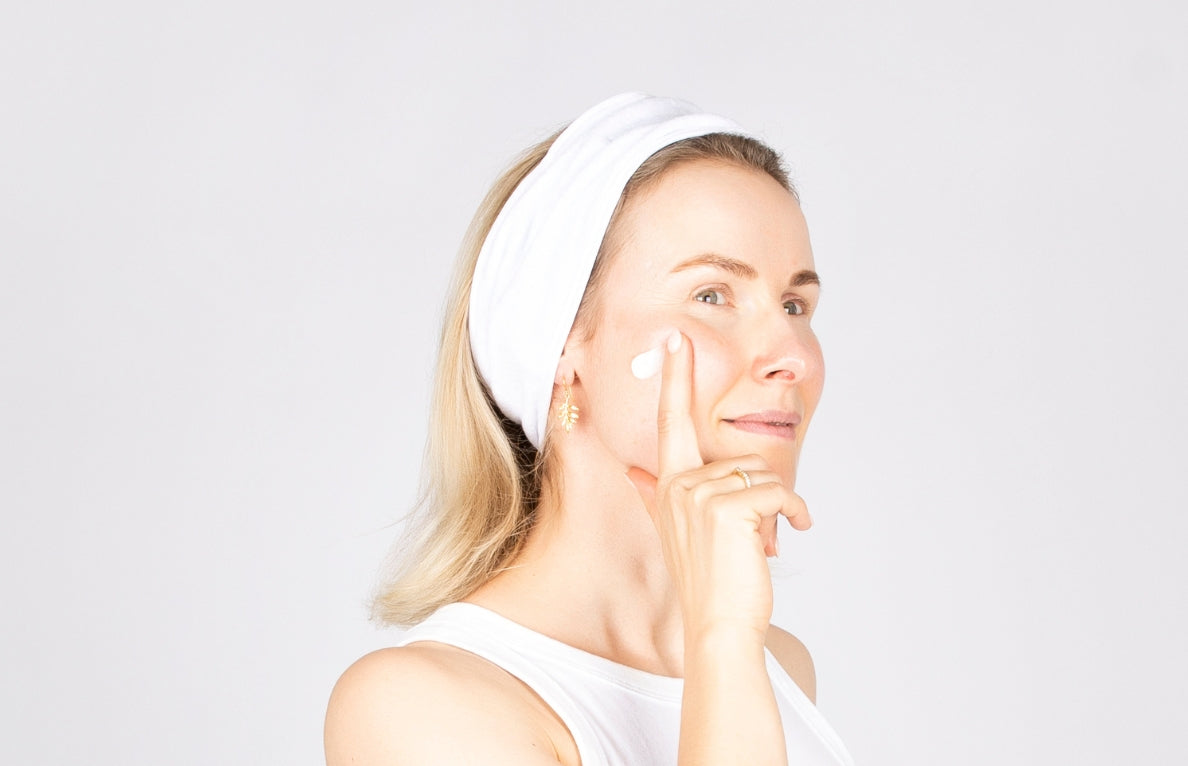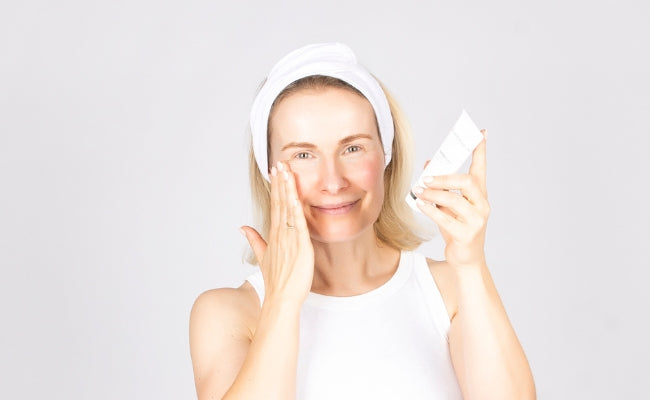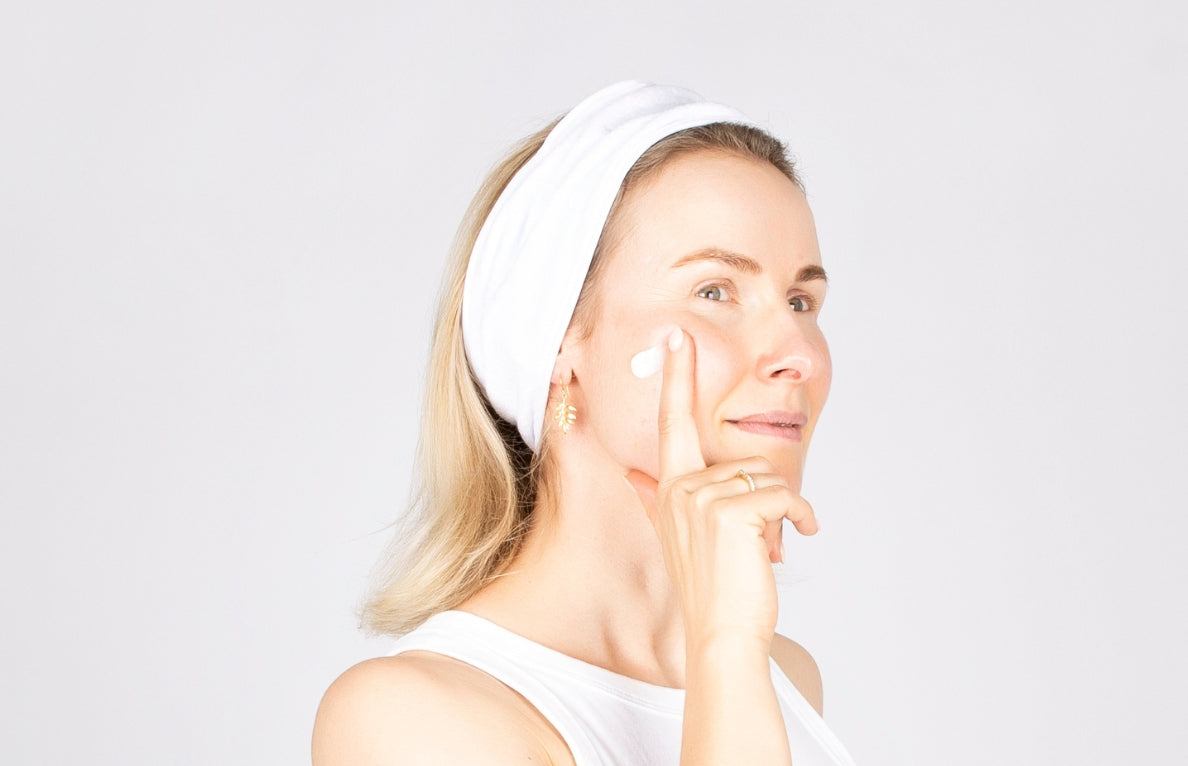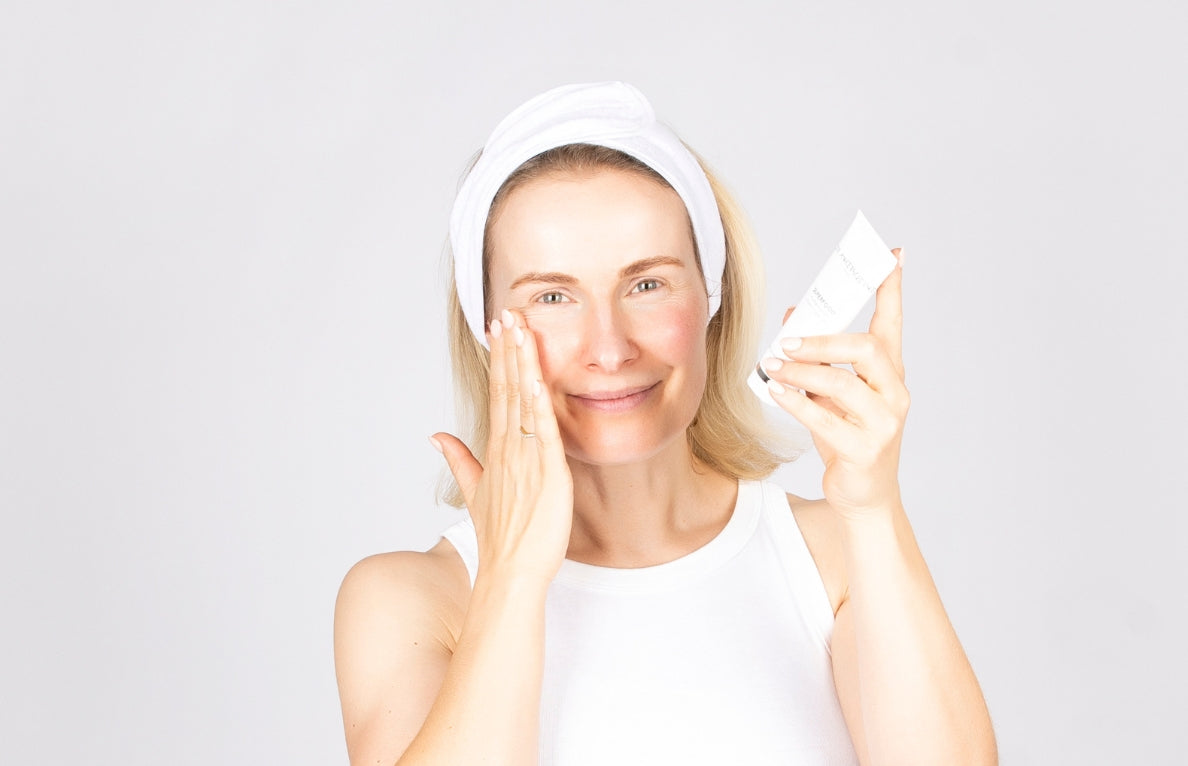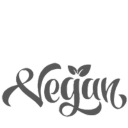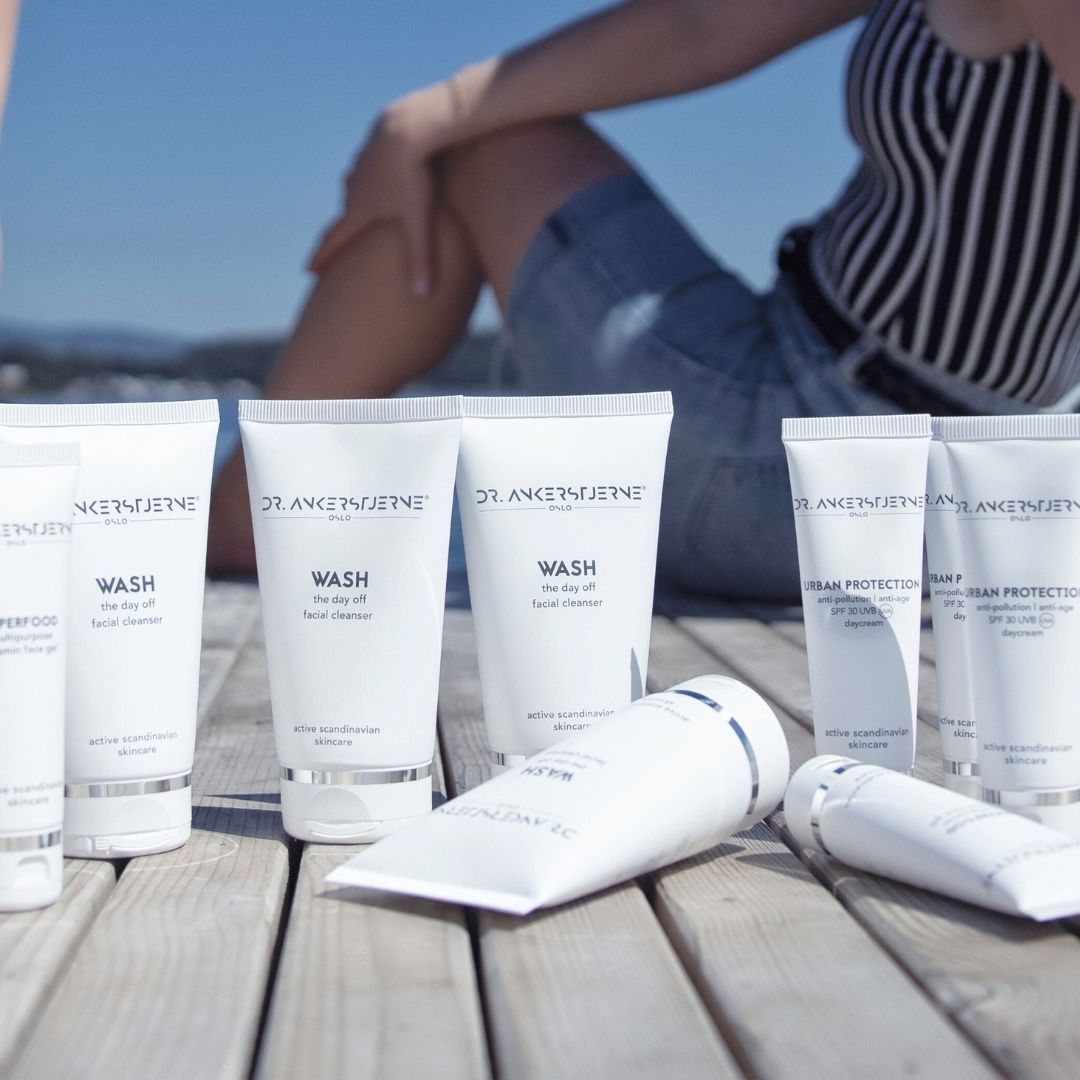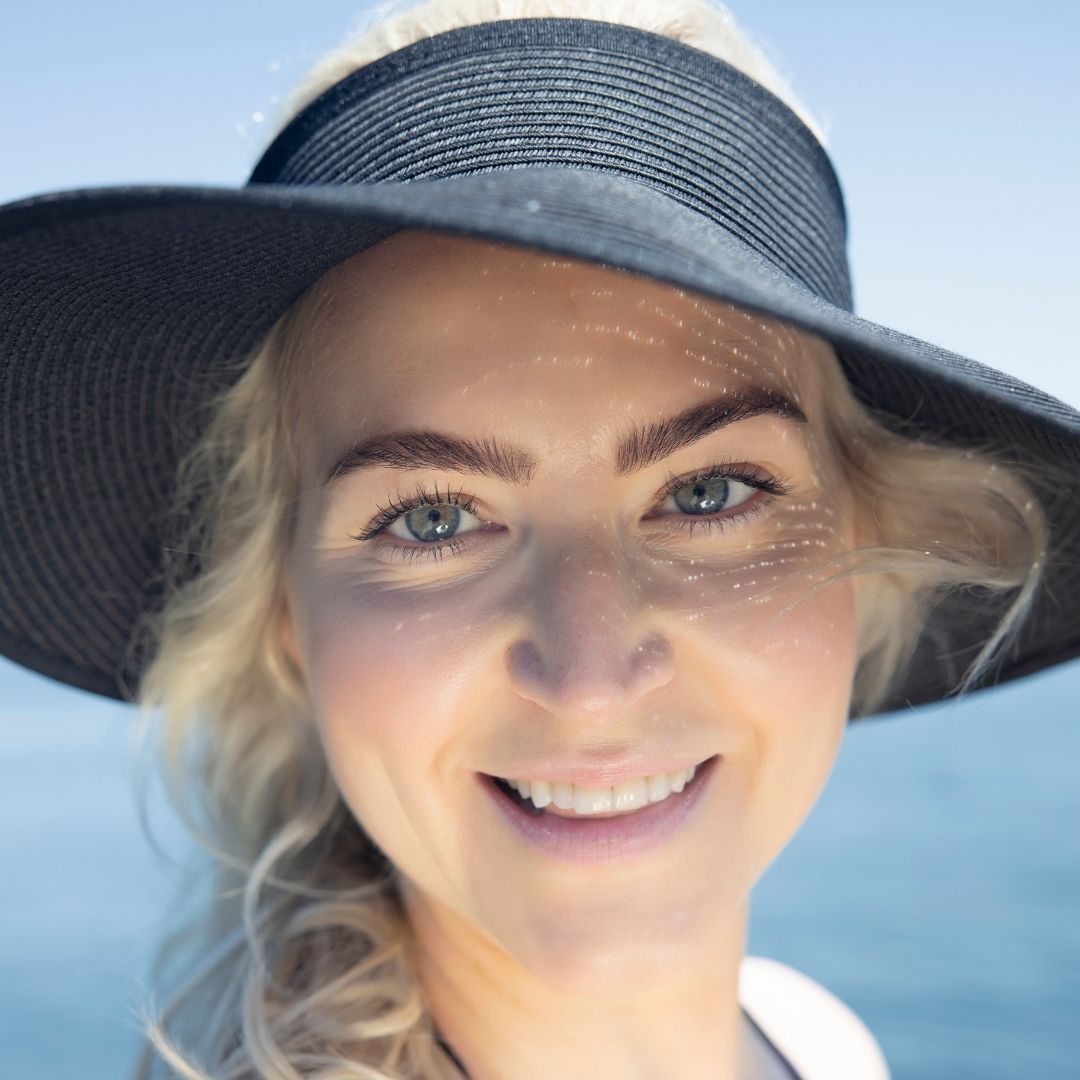CLINICAL STUDIES
Clinical dermatological studies are of great importance to us and with skin care products from Dr.Ankerstjerne it is easy to achieve results.
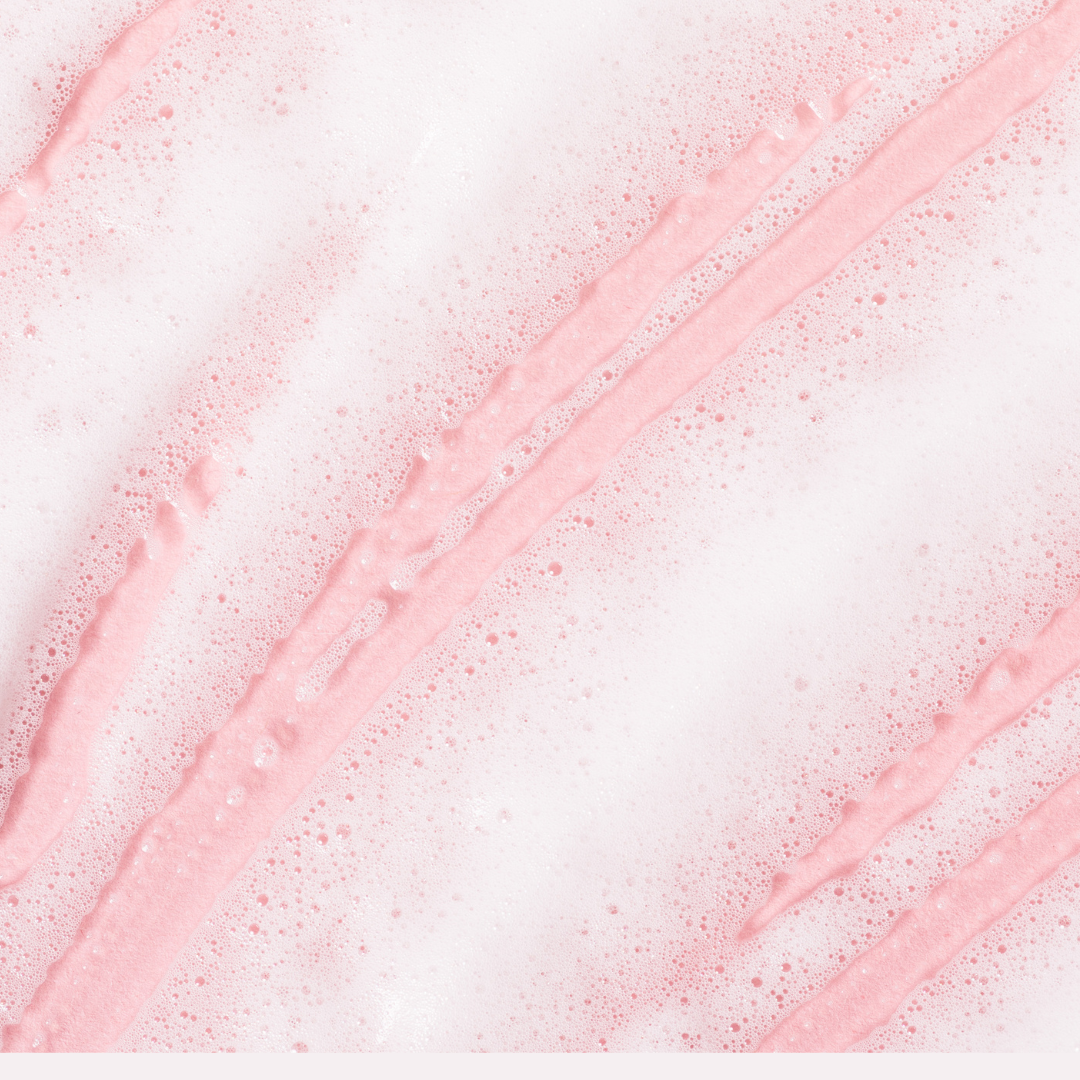
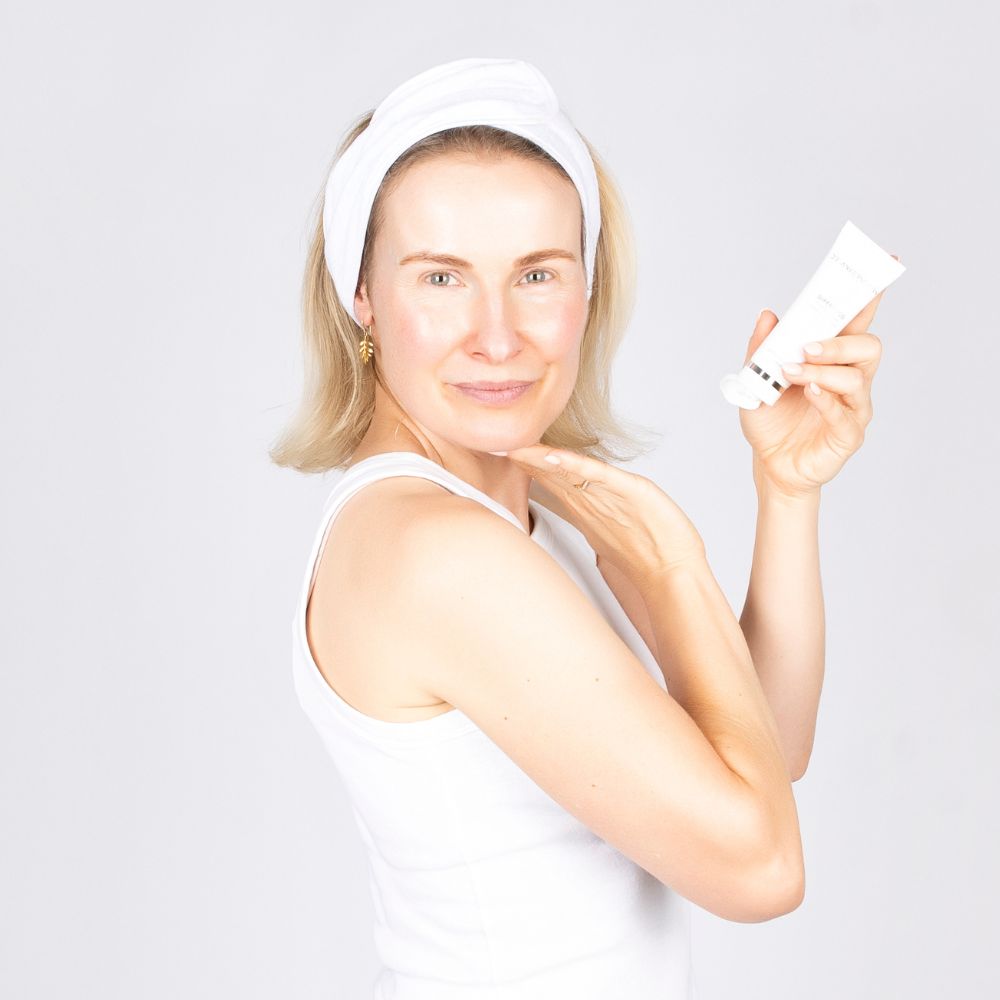
WHY DO WE TEST?
Clinical studies are your and our guarantee that the effectiveness and tolerability of the products have been examined and found valid by independent dermatologists. Which gives a large degree of certainty that the results are valid
Documented efficacy means that the efficacy of the products has been investigated and found to be valid in clinical studies conducted by an independent, third-party dermatological testing laboratory.
Dermatological means that the test results are examined and assessed by dermatologists, i.e. dermatologists.
Third-party and independent means that the testing laboratory is not involved in the development or sale of the products, and that their financial results are not affected by the results of the clinical studies.
HOW IS THE TEST PERFORMED?
In clinical studies on Dr.Ankerstjerne products, the results are based on objective and quantifiable measurements performed by independent dermatologists, and not self-reported effects.
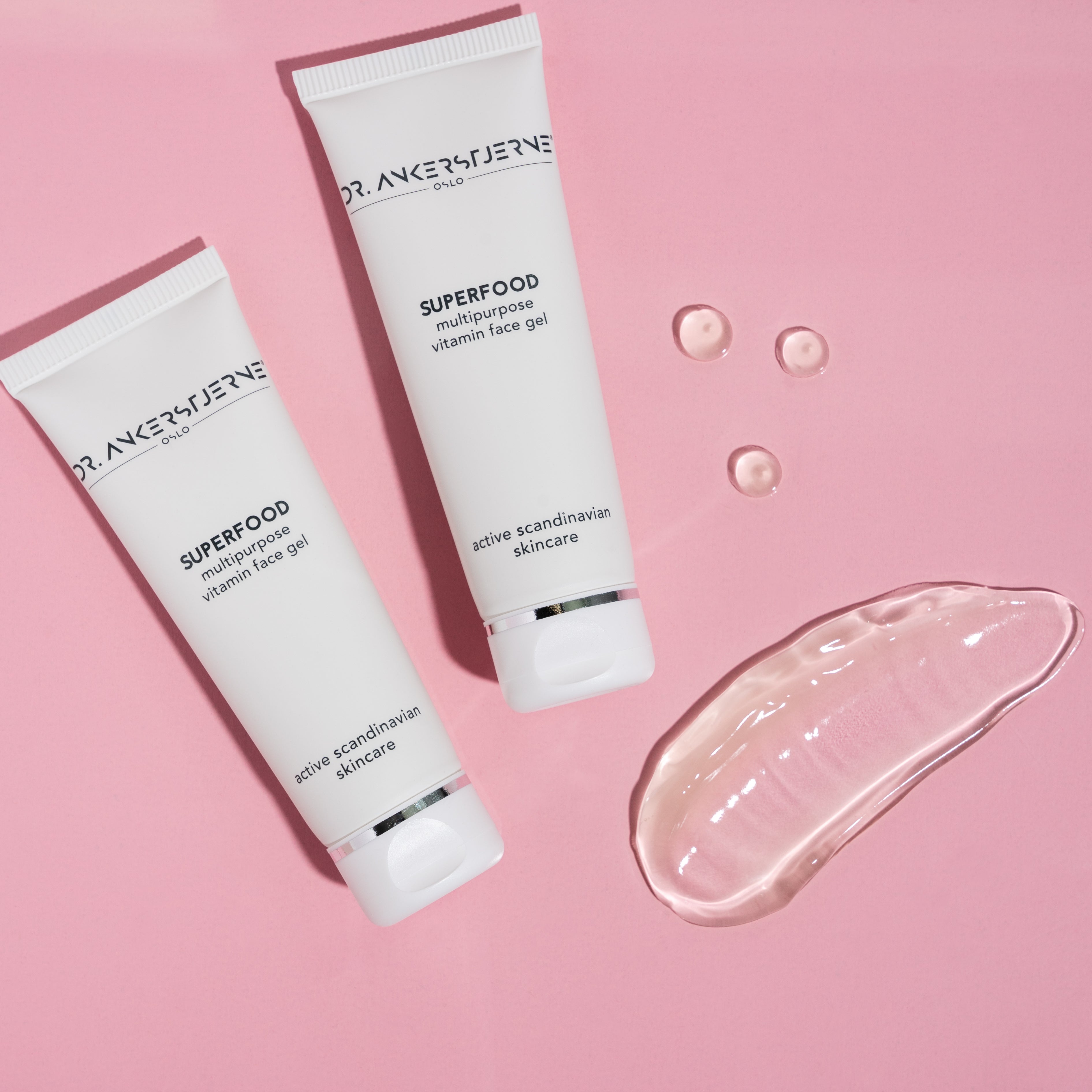

WHO TESTS?
Clinical studies on Dr.Ankerstjerne's products have been conducted by independent dermatologists in a third-party testing laboratory in Poland.
The testers received the product in a white test tube with no logo or name, so they do not know which product or skincare brand they are testing.
The clinical studies have different arrangements depending on what is being investigated. In the long-term studies, the products are used as the only skin care product, morning and night, daily for 8 weeks.
The results have been obtained by examining the test subjects' skin with, among other things, advanced 3D skin scanners and other measuring instruments, before and after the test period. No placebo was used. Instead, the results in the effect studies have been produced by comparing them with the skin care routine that the test subjects used previously.
It depends on where you are. Orders processed here will take 5-7 business days to arrive. Overseas deliveries can take anywhere from 7-16 days. Delivery details will be provided in your confirmation email.
You can contact us through our contact page! We will be happy to assist you.
Measurement of wrinkles in the skin
Wrinkle length and wrinkle depth can be measured with a measuring instrument Visioline® VL 650. The measuring principle is based on the skin's relief, and thus wrinkles, being replicated with a material called Silflo®. The wrinkles, which normally go down into the skin, will be raised on the replica like a microscopic "mountain" rising up. These "mountains" are lit at a special angle so that shadows are formed. The shadows are measurable and visualized using a camera. The measured shadows are used as a basis in mathematical models, so that quantitative measures of wrinkle parameters such as depth and length of wrinkles are obtained.
Method:
Test subjects are instructed to stop using other face creams/serums and the like when the test period starts. The test subjects apply the test product to their face twice a day, as the only skin care product, for 8 weeks. Wrinkle parameters are measured on day 0 and then after 8 weeks. Measurement of skin wrinkles takes place at both times in a room with a temperature of 20±2oC and a humidity of 50±10%, so that the result is not affected by the environment. The results of the measurements before and after 8 weeks of using the test product are then compared. In the clinical study, the effect of the test product is compared in this way with the skin care the test subject used previously.
The test is in accordance with:
- Regulation of the European Parliament and of the Council (EC) No. 1223/2009 of 30
- November 2009 on cosmetic products.
- Cosmetics Europe – The Personal Care Association (previously COLIPA) Guidelines
- "Product Test Guidelines for the Assessment of Human Skin Compatibility 1997."
- Cosmetics Europe – The Personal Care Association (previously COLIPA) Guidelines for the Evaluation of the Efficacy of Cosmetic Products 2008.
TEST METHODS
Tension and elasticity are biomechanical properties of the skin that are measured with an advanced measuring instrument, Cutometer®. Cutometer® is one of the most recognized and most widely used measuring instruments in dermatology to assess skin tightness and elasticity. The instrument creates an air suction, i.e. a negative pressure, which the skin is exposed to for a short period. While the skin is exposed to the pressure changes, the instrument's optical parts measure the skin's movements. The skin's resistance to movement when exposed to suction is a measure of the skin's tightness. The skin's ability to restore its original shape when the suction stops is a measure of the skin's elasticity.
Method:
Test subjects are instructed to stop using other face creams/serums and the like when the test period starts. The test subjects apply the test product to their face twice a day, as the only skin care product, for 8 weeks. Skin firmness/density and elasticity are measured on day 0, and then after 8 weeks. Measurement of the skin's tightness/firmness and elasticity takes place at both times in a room with a temperature of 20±2oC and a humidity of 50±10%, so that the result is not affected by the environment. The results of the measurements before and after 8 weeks of using the test product are then compared. In the clinical study, the effect of the test product is compared in this way with the skin care the test subject used previously.
The test is in accordance with:
- Regulation of the European Parliament and of the Council (EC) No. 1223/2009 of 30
- November 2009 on cosmetic products.
- Cosmetics Europe – The Personal Care Association (previously COLIPA) Guidelines
- "Product Test Guidelines for the Assessment of Human Skin Compatibility 1997."
- Cosmetics Europe – The Personal Care Association (previously COLIPA) Guidelines
- for the Evaluation of the Efficacy of Cosmetic Products 2008.
Wrinkle length and wrinkle depth can be measured with a measuring instrument Visioline® VL 650. The measuring principle is based on the skin's relief, and thus wrinkles, being replicated with a material called Silflo®. The wrinkles, which normally go down into the skin, will be raised on the replica like a microscopic "mountain" rising up. These "mountains" are lit at a special angle so that shadows are formed. The shadows are measurable and visualized using a camera. The measured shadows are used as a basis in mathematical models, so that quantitative measures of wrinkle parameters such as depth and length of wrinkles are obtained.
Method:
Test subjects are instructed to stop using other face creams/serums and the like when the test period starts. The test subjects apply the test product to their face twice a day, as the only skin care product, for 8 weeks. Wrinkle parameters are measured on day 0 and then after 8 weeks. Measurement of skin wrinkles takes place at both times in a room with a temperature of 20±2oC and a humidity of 50±10%, so that the result is not affected by the environment. The results of the measurements before and after 8 weeks of using the test product are then compared. In the clinical study, the effect of the test product is compared in this way with the skin care the test subject used previously.
The test is in accordance with:
- Regulation of the European Parliament and of the Council (EC) No. 1223/2009 of 30
- November 2009 on cosmetic products.
- Cosmetics Europe – The Personal Care Association (previously COLIPA) Guidelines
- "Product Test Guidelines for the Assessment of Human Skin Compatibility 1997."
- Cosmetics Europe – The Personal Care Association (previously COLIPA) Guidelines for the Evaluation of the Efficacy of Cosmetic Products 2008.

